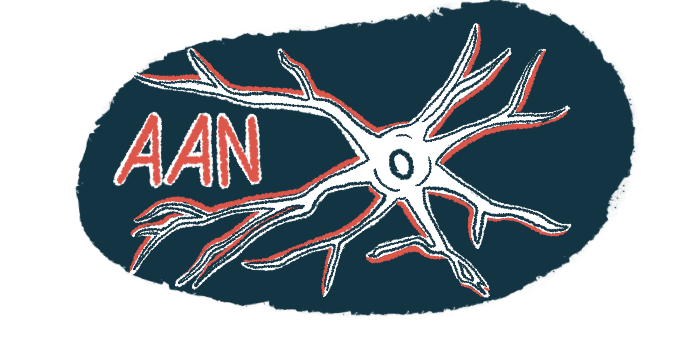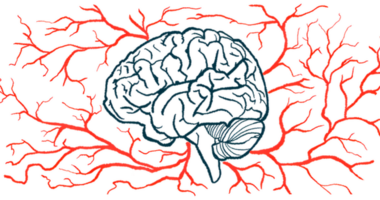AAN 2024: Motor function in rats restored with 3D cell therapy
TreeFrog's approach involves transplanting 3D 'microtissue' into brain

TreeFrog Therapeutics’ investigational cell therapy restored motor function in a rat model of Parkinson’s disease, according to a recent presentation.
The therapy, designed to replace the dopamine-producing nerve cells lost in Parkinson’s, involves transplanting a three-dimensional “microtissue” that contains the cells directly into the brain.
Kevin Alessandri, PhD, TreeFrog’s co-founder and chief technology officer, presented the preclinical findings in the poster “Off-the-shelf bioreactor produced, iPSC-derived neural microtissues containing dopaminergic neurons innervate the striatum and normalize behavior in a Parkinson Rat Model,” at the American Academy of Neurology 2024 Annual Meeting, being held in Denver and virtually.
“We have developed a first-in-world technology … and … now have the first successful application … in preclinical models,” Alessandri said in a company press release. “We look forward to continuing to bring our data to the scientific community as we advance our program.”
In Parkinson’s, nerve cells responsible for producing the signaling chemical dopamine, or dopaminergic neurons, progressively degenerate. Researchers are interested in cell-based approaches that would replace the lost cells to slow the neurodegenerative disease’s progression and ease its symptoms.
One way to do this is with induced pluripotent stem cells, or iPSCs. Under the right conditions, they are capable of being transformed into virtually any other mature cell type in the body.
How is TreeFrog’s cell therapy approach different?
Scientists can take mature skin or blood cells from a person and revert them to a pluripotent state. They can then be treated with certain chemicals to prompt their transformation into dopaminergic precursor cells capable of replacing those that are lost.
Current iPSC-based approaches involve creating liquid suspensions of these precursor cells, but many will die during transplantation with that approach, according to TreeFrog.
“One potential solution is to graft solid preparations, that is adopting a [three-dimensional] format,” the researchers wrote.
TreeFrog’s cell-based approach uses iPSCs to generate 3D “microtissues” containing dopaminergic cells. This is done with its proprietary C-Stem technology along with standard bioreactors.
Basically, iPSCs are encapsulated in a tiny hollow capsule using a microfluidic chip then grown in a bioreactor, where they’re treated with chemicals to turn them into the desired cell type. The microtissues are harvested and preserved a few weeks later.
The company believes cells in this 3D structure will survive longer after they’re transplanted into the brain. The technique is designed to be able to be produced in large quantities and cryopreserved, thereby offering an “off-the-shelf,” or ready-made option.
Alessandri presented findings from lab studies that showed the microtissues contain dopaminergic cells as intended.
In a rat model of Parkinson’s disease, the cell-based therapy dose-dependently restored motor function in the months after the cells were transplanted. Specifically, a high dose of the therapy, either freshly prepared or cryopreserved, led to complete restoration of motor function about four months after a transplant. The same was observed with an even higher, “maximum feasible” dose.
A lower dose of the cryopreserved therapy restored motor function more slowly — about five months after transplant.
“The results speak for themselves with full behavioral recovery observed by 16 weeks,” Alessandri said in the press release.
In the brain, surviving dopaminergic neurons could be observed five months post-transplant.
Note: The Parkinson’s News Today team is providing coverage of the American Academy of Neurology (AAN) 2024 Annual Meeting April 13-18. Go here to see the latest stories from the conference.







